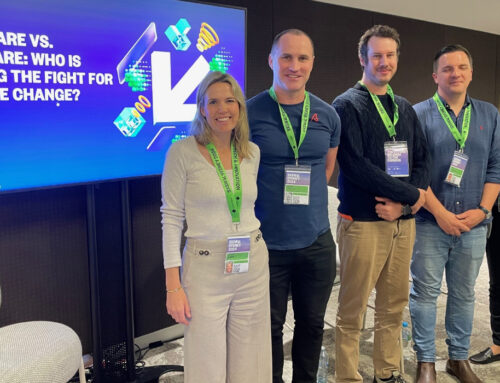So … you have pitched to an investor and made it past the first few hurdles. Congrats! You’ve come further than most and should take a moment to recognize that.
You’ve nailed the pitch, the management meeting and even got good feedback on your financial model, and are now getting ready to share your full data room. What do investors want to see in this?
As with financial models, there’s no perfect answer, and how your data room looks will depend on the nature of your business, your investment stage and the investors’ needs. You want to follow the goldilocks principle of not having so little information that the investor feels ill-informed on your business, but not so full that the real insights are hidden. As such, we’ve provided a 101 on data roomsfor you.
How?
First off – how do you share a dataroom? The easiest way is using an online platform such as Dropbox, Google docs or Microsoft Sharepoint. This is very easy to set up and maintain, and often free. However – it doesn’t give you maximum security or visibility of how your dataroom is being used.
Depending on the stage of your business and the level of internal IP you have, you may want to invest in using a formal dataroom service such as Ansarada, Secure Docs or iDeals. These paid products offer additional features such as 2-factor authentication, watermarks on documents, and viewer tracking. You can also decide what to make downloadable and not, if you do choose to limit what is downloadable, you will find that at a minimum, most investors will need to be able to download your financial model for their due diligence.
What?
As a rule of thumb, we’d recommend all data rooms have the following as a minimum:
- Your pitch deck
- Your product roadmap
- Your financial model
- Your cap table
- Your financial accounts
- An example employee contract
- Your organization chart (before and after the raise)
- Your company registration and corporate structure
- Your vision
Depending on the nature of your business and the stage you’re at, you may also consider including:
- Customer interviews/ videos of people using the product
- A product walk-through video
- A video walk-through of your financial model
- Your theory of change
- Board minutes
- Your CV and/or that of key employees (especially if you’re a pre-seed founder)
- Key employee contracts
- ESOP
- Key customer contracts
- Partnership contracts
- Details of any insurance you have in place
- Your supply chain
- Your IP eg. Trademarks, Patents, IP plan
- Any policies you’ve developed – eg. A culture code, data privacy policy, parental leave policy
- Tech metrics you wish to highlight
- Any competitor analysis you’ve completed
- Any market sizing you’ve completed
- Any research you’ve conducted to give you confidence in your business
- A strategic plan
- Disclosure checklist
- White papers
- Branding materials
And remember, your data room is another opportunity to sell your team and your business so make sure it’s presentable and easy for your users to navigate and find the information they are looking for. If your data room is getting big, consider using folders to group files eg. Financial due diligence, and Legal Due diligence. For any data room consider including a table of contents which is a simple way for users to navigate and gives them an overview of what they can expect to find.
At the end of the day – your dataroom is a chance to expand on your pitch deck. For all the things that didn’t fit in 12-15 slides, this is the space to share them. It’s a great chance to show investors your story if used well.






